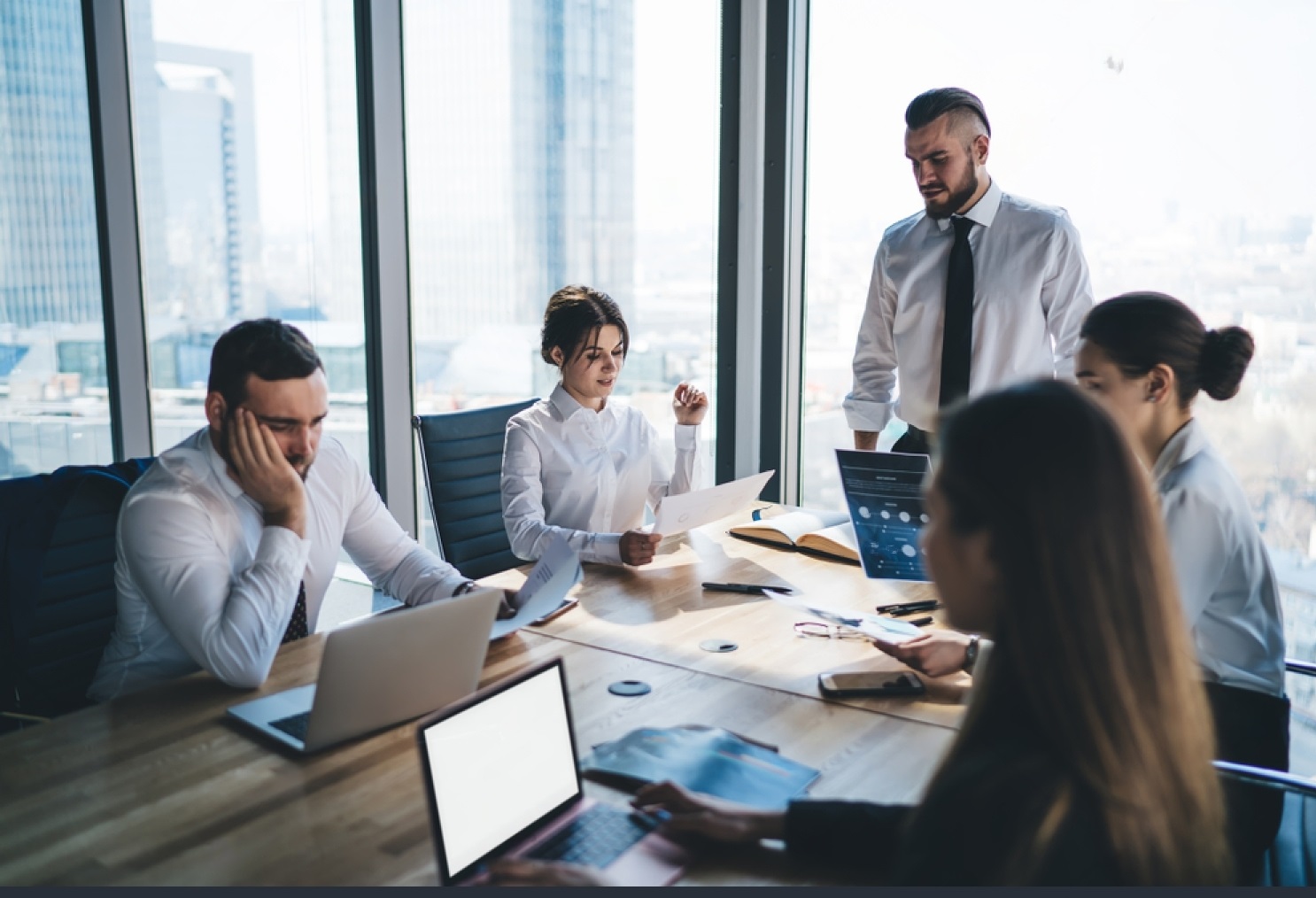In today’s fast-paced and competitive business landscape, organizations must invest in their most valuable asset: their employees. Professional development plays a crucial role in enhancing employee potential and fostering a thriving workplace environment. This article explores the best practices for maximizing employee potential through effective professional development strategies, offering valuable insights for organizations seeking to empower their workforce.
Section 1: Identify Employee Needs
To create a strong foundation for professional development, it is essential to identify the unique needs of employees. This can be achieved through comprehensive performance evaluations, regular surveys, and meaningful one-on-one meetings. By understanding the aspirations, challenges, and skill gaps of individual employees, organizations can tailor development programs that address their specific needs. This approach not only boosts job satisfaction but also improves retention rates by demonstrating a commitment to employee growth and development.
Section 2: Create a Professional Development Plan
A well-structured professional development plan serves as a roadmap for employee growth. Begin by collaborating with employees to identify their long-term goals and aspirations. With this information, create a timeline that outlines key milestones and development activities. This plan should encompass a variety of learning opportunities, such as workshops, seminars, online courses, and certifications, that align with the employee’s career trajectory. By providing a clear pathway for advancement, employees are more motivated and engaged in their professional development journey.
Section 3: Provide Opportunities for Learning and Development
Organizations must offer a diverse range of learning and development opportunities to cater to the varied needs and learning styles of their employees. On-the-job training programs, mentorship initiatives, and attending industry conferences are just a few examples. On-the-job training allows employees to acquire new skills in real-world scenarios, while mentorship programs foster knowledge sharing and provide guidance from seasoned professionals. Attending conferences and industry events offers exposure to the latest trends, best practices, and networking opportunities. By offering these opportunities, organizations create a culture of continuous learning and growth.
Section 4: Support and Encourage Employee Growth
Supporting and encouraging employee growth is crucial for fostering a positive work environment and maximizing their potential. Managers should provide timely and constructive feedback to help employees identify areas for improvement and celebrate their achievements. Recognizing their efforts and accomplishments boosts morale and motivates employees to strive for excellence. Additionally, promoting work-life balance enables employees to focus on their professional development without neglecting their personal lives. By nurturing employee growth holistically, organizations build a loyal and dedicated workforce.
Takeaway
Investing in professional development is an investment in the future success of both employees and organizations. By identifying employee needs, creating tailored development plans, providing diverse learning opportunities, and offering ongoing support, organizations can unlock the full potential of their workforce. The benefits are manifold—increased job satisfaction, higher retention rates, enhanced productivity, and a competitive edge in the market. As businesses evolve, embracing professional development as a fundamental strategy is imperative for staying ahead and nurturing a culture of growth. Together, let us maximize employee potential and unlock a brighter future for both individuals and organizations alike.

